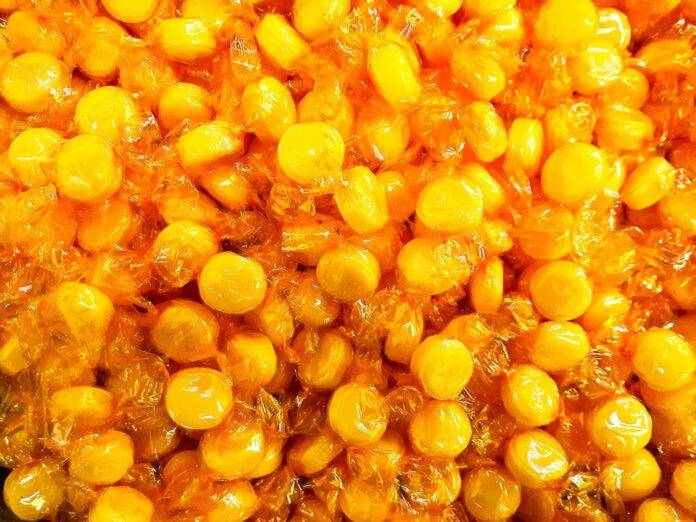Introduction
The growing concern for environmental sustainability has led to the development of innovative packaging materials that are compostable and even edible. In this report, we will focus on compostable and edible packaging materials specifically designed for dry goods. These materials not only help reduce plastic waste but also offer a unique solution to packaging waste in the food industry.
Current State of Packaging Industry
The packaging industry has been under scrutiny for its significant contribution to plastic pollution and environmental degradation. According to a report by Grand View Research, the global packaging market size was valued at $917.2 billion in 2020 and is expected to grow at a CAGR of 5.1% from 2021 to 2028. This growth is driven by the increasing demand for sustainable packaging solutions.
Rise of Compostable and Edible Packaging Materials
Compostable and edible packaging materials have gained popularity in recent years as consumers become more conscious of their environmental impact. These materials are made from natural ingredients such as plant-based fibers, starches, and proteins, making them biodegradable and safe for consumption.
According to a study by Market Research Future, the global compostable packaging market is projected to reach $1.9 billion by 2027, growing at a CAGR of 15.6% from 2020 to 2027. This growth is fueled by the increasing adoption of sustainable packaging solutions by food and beverage companies.
Benefits of Compostable and Edible Packaging Materials
Compostable and edible packaging materials offer several benefits over traditional plastic packaging. These materials break down into natural components, reducing the impact on the environment. They also provide an added layer of freshness and protection for dry goods, extending their shelf life.
Financial Savings
Switching to compostable and edible packaging materials can result in cost savings for businesses in the long run. While the initial investment may be higher than traditional plastic packaging, the reduced waste disposal costs and potential marketing advantages can outweigh the upfront expenses.
Consumer Appeal
Consumers are increasingly looking for sustainable and eco-friendly packaging options. Compostable and edible packaging materials appeal to environmentally conscious consumers who prioritize sustainability in their purchasing decisions. This can lead to increased brand loyalty and customer satisfaction.
Companies Leading the Way
Several companies have emerged as leaders in the development and adoption of compostable and edible packaging materials for dry goods. Some notable examples include:
1. Tipa Corp
Tipa Corp is a pioneer in the development of fully compostable packaging solutions for various industries, including food and beverage. The company’s packaging materials are designed to mimic the properties of traditional plastic while being fully compostable in industrial composting facilities.
2. WikiFoods Inc.
WikiFoods Inc. is known for its innovative edible packaging solutions that encapsulate food products in a protective outer layer that can be consumed along with the food. The company’s products are made from natural ingredients and are designed to reduce packaging waste.
Future Outlook
The future of packaging lies in sustainable and eco-friendly solutions such as compostable and edible packaging materials. As consumer demand for environmentally conscious products continues to rise, companies will need to adapt and innovate to meet these expectations. The development of new technologies and materials will drive the growth of the compostable packaging market in the years to come.
In conclusion, compostable and edible packaging materials offer a promising solution to the environmental challenges posed by traditional plastic packaging. These materials not only help reduce waste but also provide additional benefits such as cost savings and increased consumer appeal. As more companies embrace sustainable packaging solutions, the industry is poised for significant growth and innovation.




